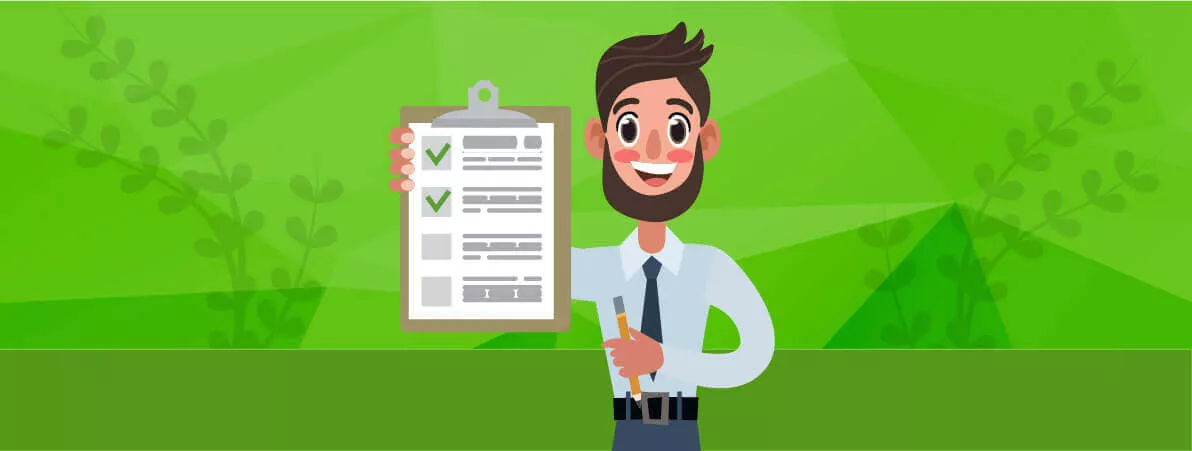Finding the perfect mix of Inbound and Outbound Prospecting strategies
 Glenda Tirona
July 3, 2020
Glenda Tirona
July 3, 2020
Prospecting is the lifeline of any business. Without a proper prospecting strategy, you’re losing the opportunity to cater to more customers and generate more sales for your company.
Even so, a good number of companies fail to see the importance of crafting a good, precise strategy. A common misconception is that you should focus your prospecting activities on either outbound or inbound. But to create the best results, you'll need both.
If you’re struggling with writing your prospecting strategy, we rounded up the crucial steps to develop both inbound and outbound activities for gathering leads.
Inbound strategies
Inbound strategies focus on allowing your prospects to find you. Your goal is to generate traffic to your main channels and eventually turn these visitors into paying customers.
Step 1: Optimize your website. As your main landing page, make it as appealing as possible to potential customers. Post content, educate your visitors and even offer website-specific discounts to entice users to make the purchase.
Step 2: Include SEO keywords. Help users find your page with SEO keywords. Consider both paid and organic search since these generate different results. You can tap tools like Ahrefs and Google Analytics to find keywords that you should be paying attention to.
Step 3: Automate parts of your buyer journey. It’s your job to make the customer journey as easy as possible for your customers while educating and engaging with them. Your content should be built around sharing information about your products, such as features and benefits, to help guide them until the check out page.
Outbound strategies
Reaching out to your prospects is an effective way to get things done in your timeline. However, it also riskier than only attracting leads. The key to creating an effective outbound strategy is careful planning and preparation.
Step 1: Find your specific target market. Develop three buyer personas for your content and messaging. These should include a definition of their role, their wins, and the tools they use. Ideally, it should fall into three categories: the entry point, the decision-maker, and the business owner. Everything you send out must then revolve around these three personas for better success.
Step 2: Personalize your messages. Getting in touch with prospects doesn’t only involve a single message. Most of the time, you’ll need to craft introductory emails, call invitations, and even supporting content. If you want to attract their attention, stay away from templated and copy-pasted messages. Your letter to a CEO will be written differently compared to your message to a marketing manager. If you could plug in a few personal things that show you did your research before reaching out, then better!
Step 3: Adapt based on the results. No one creates a perfect strategy on their first try. What’s important is you adapt your prospecting process based on what works and what doesn’t. Gather feedback and regularly check your performance metrics. The data you’ll find from your previous outreach efforts will serve as the pathway to creating better, more effective strategies that will bring you closer to results.
Glenda Tirona is an Operations Manager at Intelegencia. When she is not working, she Loves Goofing around and spending time with kids
Comment(s)
_BlogComment.Message
